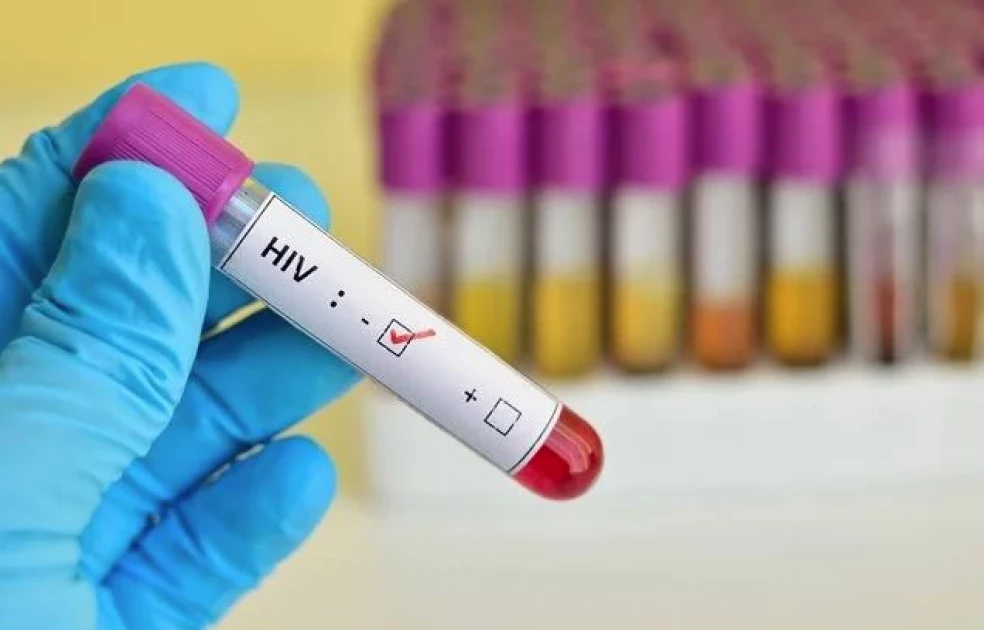Pressure piling on Kenya to end new HIV infections by 2030


Audio By Vocalize
Having about 1.3M people living with HIV, Kenya recently
reported about 22,000 new cases. The figure is however showing a reduction in new
HIV cases compared to the previous years.
The country aims at recording zero cases of HIV infection in
2030, a time when donors who have been financing HIV services in the country
are also expected to withdraw support so that the country can be self-reliant
in the fight against the virus.
Dr.Daglas Bosire from the National Syndemic Disease Control
Council, who was speaking during a science Café organized by Media for
Environment Science, Health and Agriculture (MESHA) in Homabay County said
Kenya must end new HIV infection in 2030 to survive.
Dr.Bosire said the county is not able to finance all the HIV services if the donors end the support by 2030 as expected and therefore the only choice is to reduce new cases of HIV to zero within the stipulated timeline.
Through the Ministry of Health, and partners Kenya has
maintained a focus on the youth and adolescents, who contribute to the high
percentage of the new HIV infections.
Data from the Ministry of Health shows that out of about
22,000 new cases of HIV reported in 2022, the majority of the cases were from the
youth and adolescents aged between 14-24 years.
In 2022 new HIV infection among the children and adolescents
aged 0-14 was 4464 while for those between 10-19 years was 3244.
The new HIV infection between 15-24 years was 7304 which
accounts for 41 percent of the new HIV cases reported in the year 2022.
Caroline Kinoti, a Public support officer at the National
Syndemic Disease Control Council said the government is putting a lot of focus
on the youth and adolescent in its endeavors to end new HIV infection in the
country.
Kinoti said fighting the triple threats facing HIV, teen
pregnancy and gender based violence that threaten the lives of the youth and
adolescent remains an option to bring down cases of HIV infections.
She said the ministry is committed to implementing the
twelve commitments geared towards ending the triple threats and subsequently
new infections.
Among the twelve commitments include reducing new HIV
infections among youth and adolescent, increasing access to HIV diagnosis and
treatment among the adolescent and young people, increasing mean age for sexual
debut in Kenya and increasing proportion of pupils transitioning to secondary
schools.
Kinoti said girls in schools are safe from early pregnancy,
gender based violence and even HIV.
Even as the government races against time to end the triple
threats and subsequently new HIV infections, a section of the stakeholders say
that there has been poor involvement of the youth and adolescents.
Millicent Nyaidho, a youth from Homa Bay County said most of
the programmes geared towards ending the virus are not youth centred. Nyaidho
said the involvement of the youth and the adolescent is very necessary in
ending the triple threats.
A similar remark was echoed by Collet Awuor who said that
the youth are likely to listen to their peers on issues of HIV, teenage
pregnancy and GBV and therefore there is need to involve more youth.


Leave a Comment